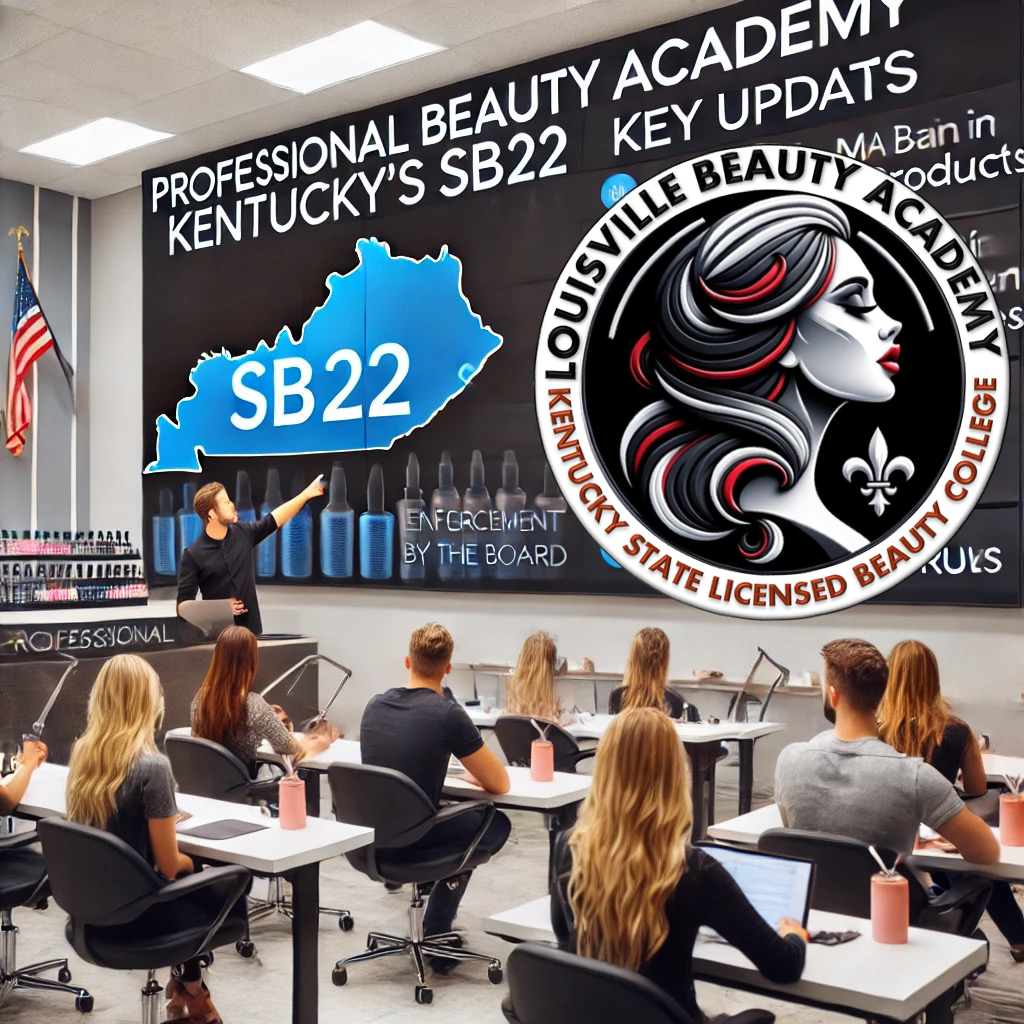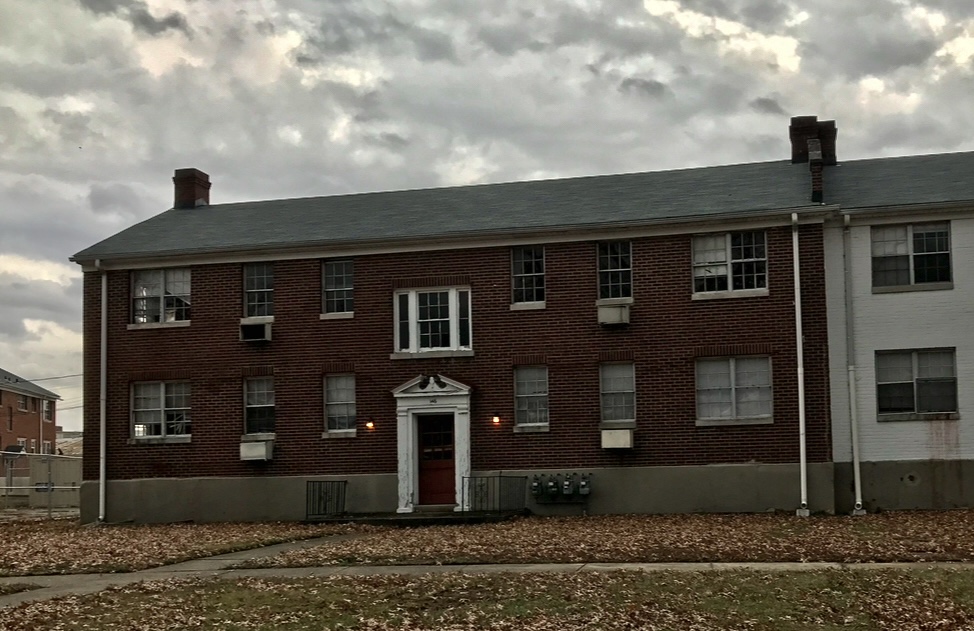By Viet Bao Louisville KY | May 2025
In a deeply moving moment of cultural pride and community unity, Louisville hosted a powerful event on May 7, 2025, celebrating Asian American and Pacific Islander Heritage Month—featuring two extraordinary Vietnamese-American women whose lives, stories, and leadership inspire across generations.
The public event, held at Americana World Community Center, took place right next door to Saint John Vianney, the only Vietnamese Catholic church in the state of Kentucky. Together, these two community landmarks served as the heart of a gathering filled with conversation, connection, and celebration.
Vy Truong: A Pillar of Care, Leadership, and Service in Louisville
At the center of this event was Dr. Vy Truong, a respected pharmacist, entrepreneur, and community leader who embodies the spirit of service in all she does. As the CEO of Kentucky Pharmacy and COO of Louisville Beauty Academy, Vy’s mission has always been to elevate the underserved through access to healthcare, education, and compassionate support.
Born in Vietnam and educated through 12th grade before immigrating to the U.S., Vy represents the “1.5 generation”—bringing deep cultural roots while rising as a leader in the American professional landscape. She completed her Doctor of Pharmacy degree in Boston, Massachusetts and is currently licensed to practice pharmacy in Massachusetts, Kentucky, and Indiana. Her work has been recognized through multiple honors, including the 2025 MOSAIC Award, the Family Business Award, and her growing presence as a leading woman in healthcare equity.
What sets Vy apart is not only her resume, but her heart. She constantly steps up—volunteering her time, offering her leadership freely, and lifting others without hesitation. Moderating this high-profile conversation with author Susan Lieu, Vy once again led with grace, humility, and a genuine commitment to elevate her community.
Susan Lieu: A Story Rare Even Among Vietnamese-Americans
On the other side of the stage stood Susan Lieu, a Harvard and Yale business graduate, whose story captivated the audience. Born in the U.S. to refugee parents, Susan’s memoir, The Manicurist’s Daughter, explores the loss of her mother to a botched cosmetic surgery and the intergenerational trauma that followed.
What makes her story so rare—both in the Vietnamese and broader American context—is how she channels that trauma into healing, through bold storytelling, art, and activism. Despite her Ivy League education, Susan’s roots lie in the same nail salon world so many Vietnamese families know—making her both relatable and revolutionary. Her book has been named a Best Book of 2024 by NPR, Smithsonian Magazine, and ELLE, and her voice is quickly becoming one of the most important among the Vietnamese diaspora in America.
Where Culture Meets Faith, Healing, and Hope
This unforgettable event didn’t just happen in isolation—it was shaped by the spirit of Louisville itself. At Americana, families, youth, and elders gathered to hear stories that reflected their own struggles and strength. Immediately after, many walked next door to Saint John Vianney Church, where community members mingled with Susan Lieu, discussed the topics raised, and shared in a sacred moment of cultural reflection.
Featured by WHAS11 News, this moment served as a perfect tribute to AAPI Heritage Month, shining a light on the Vietnamese-American experience in Kentucky—a story of resilience, service, sacrifice, and rising together.
In a city like Louisville, where immigrant roots grow into leadership, and where Vietnamese voices are rising stronger every year, this was more than an event. It was a testament to the beauty of cross-generational Vietnamese-American impact—where one woman (Vy Truong) uplifts through healthcare and direct service, and another (Susan Lieu) heals through words, performance, and truth.
This is the beauty of Louisville.
This is the power of Vietnamese women.
This is America at its best.


















